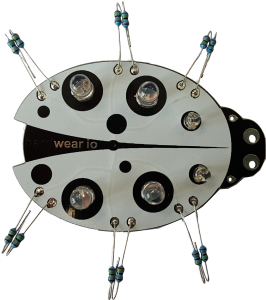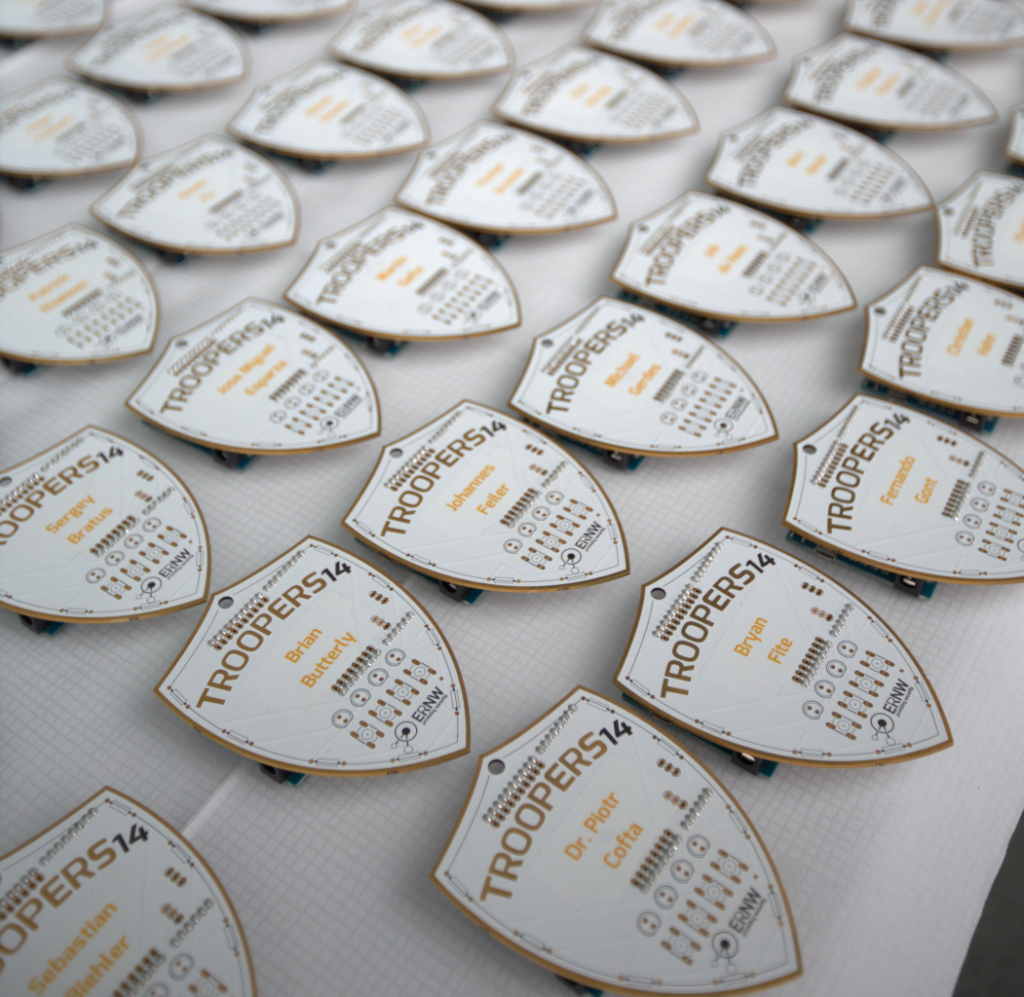 Netherlands Police is called Politie because they’re so polite. (works only if you suffer from dyslexia)
Netherlands Police is called Politie because they’re so polite. (works only if you suffer from dyslexia)
[ picture stolen from the polite politie ]
Unlike the German Oktoberfest in Munich which already started in September, the Oktoberfest in The Hague started on 2nd October. Continue reading “hardwear.io: Conference Day 2”
Continue reading


